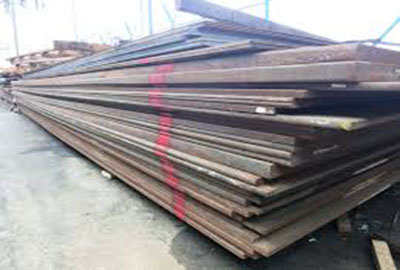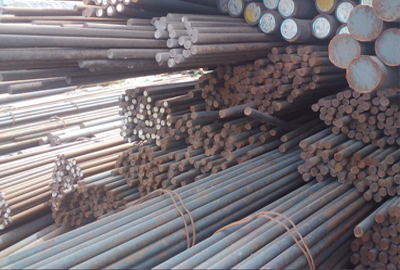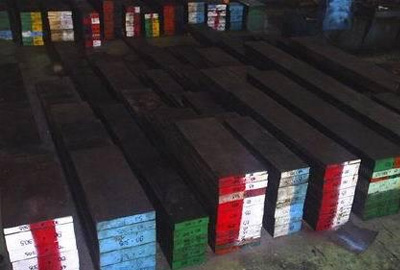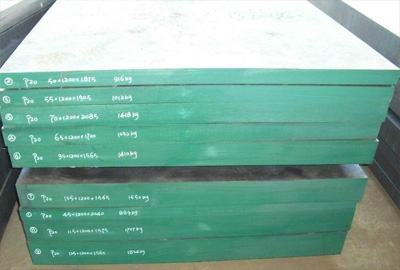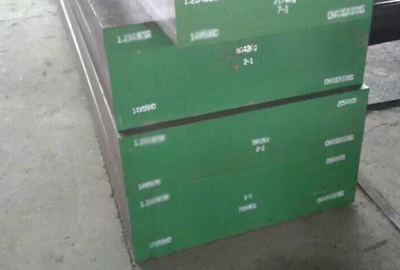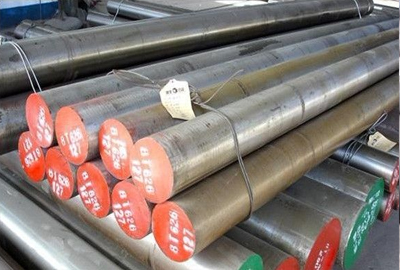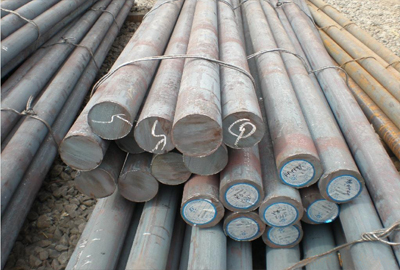Mat.No. 1.1248, DIN Ck75, AISI 1075
Short Description:
Designation by Standards EN AISI - 1075 Chemical Composition (in weight %) C Si Mn Cr Mo Ni V W Others 0.75 0.25 0.70 - - - - - - Description This is one of the higher carbon steels used for high hardness in the fully hardened condition. In such condition the steel is more brittle than the lower carbon steels. Applications Quenched and subsequently tempered steel for cold rolled springs strips, wire, forgings, cutting tools, etc. Physical properties (avarage values) at ambien...
Product Detail
FAQ
Product Tags
Designation by Standards
| EN | AISI |
| - | 1075 |
Chemical Composition (in weight %)
| C | Si | Mn | Cr | Mo | Ni | V | W | Others |
| 0.75 | 0.25 | 0.70 | - | - | - | - | - | - |
Description This is one of the higher carbon steels used for high hardness in the fully hardened condition. In such condition the steel is more brittle than the lower carbon steels. Applications Quenched and subsequently tempered steel for cold rolled springs strips, wire, forgings, cutting tools, etc. Physical properties (avarage values) at ambient temperature Modulus of elasticity [103 x N/mm2]: 210 Density [g/cm3]: 7.85 Soft Annealing Anneal at 926oC and slow furnace cool. Hardening Hardens by cold working and heating and quenching. Tempering Temper, after heating and quenching, at 350-700oC. However this steel is most often used in the fully hardened condition (not tempered) of Rockwell C 55 or so. Forging Hot forming temperature: 1050-850oC. Machinability The machinability of this steel suffers because of the high carbon content. It rates at 50% that of the AISI 1112 steel that is considered the 100% machinable base reference. Welding CK75 steel is weldable by all of the welding methods. However with its higher carbon content it is important to use both pre-heat at 150 to 260oC and post-heat at 590 to 650oC practice per an approved welding procedure. Cold working Cold working of CK75 is difficult even in the annealed condition. However it may be done by conventional methods but requires more force than for the low carbon steels. Forms manufactured: Please see the Dimensional Sales Program. Disclaimer The information and data presented herein are typical or average values and are not a guarantee of maximum or minimum values. Applications specifically suggested for material described herein are made solely for the purpose of illustration to enable the reader to make his own evaluation and are not intended as warranties, either express or implied, of fitness for these or other puposes. There is no representation that the recipient of this literature will receive updated editions as the become available. Unless otherwise specified, registered trademarks are property of Metal Ravne company. Copyright 2015 by Metal Ravne. All rights reserved. Contact our Sales Office for more information.
FAQ Content
![[0{7)7UAZ(]4W{5TSMC65Q7](https://www.htsteelmill.com/uploads/077UAZ4W5TSMC65Q7.png)
